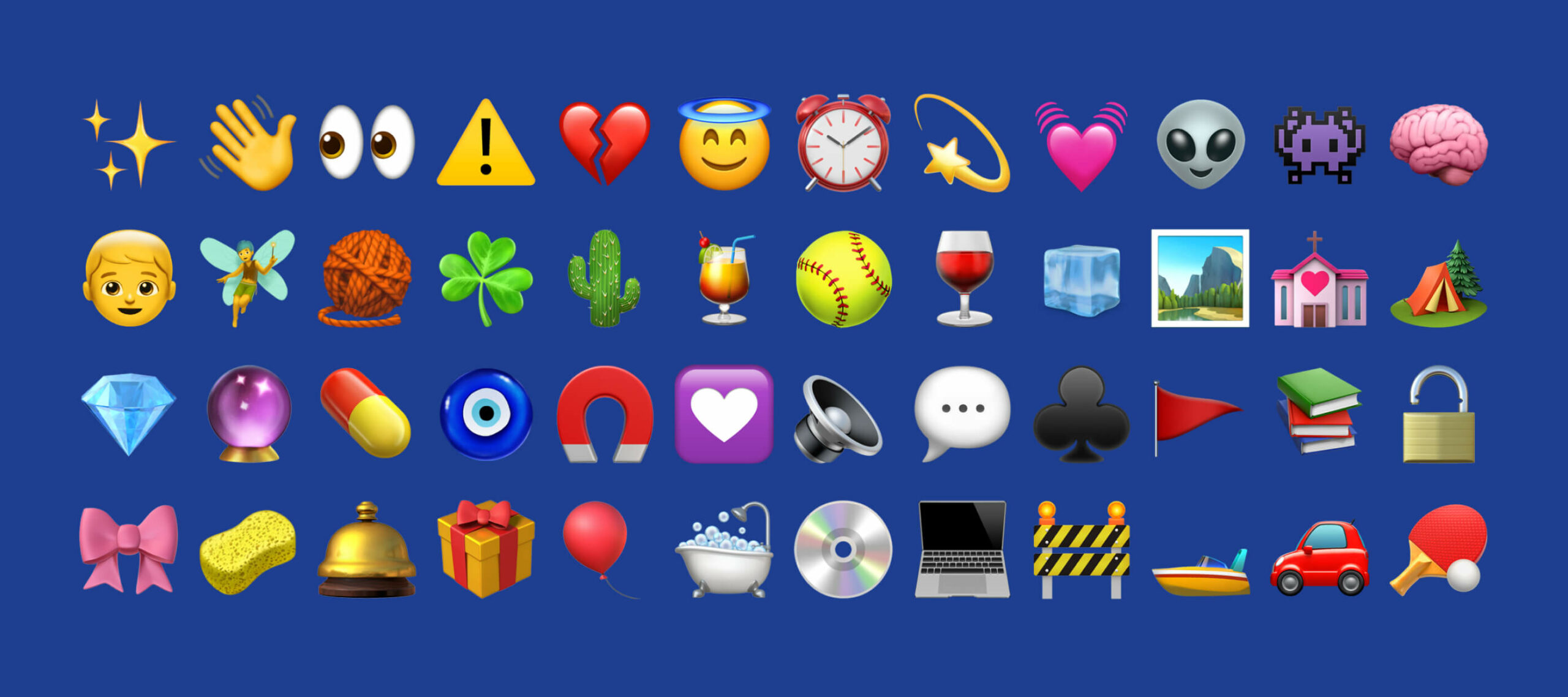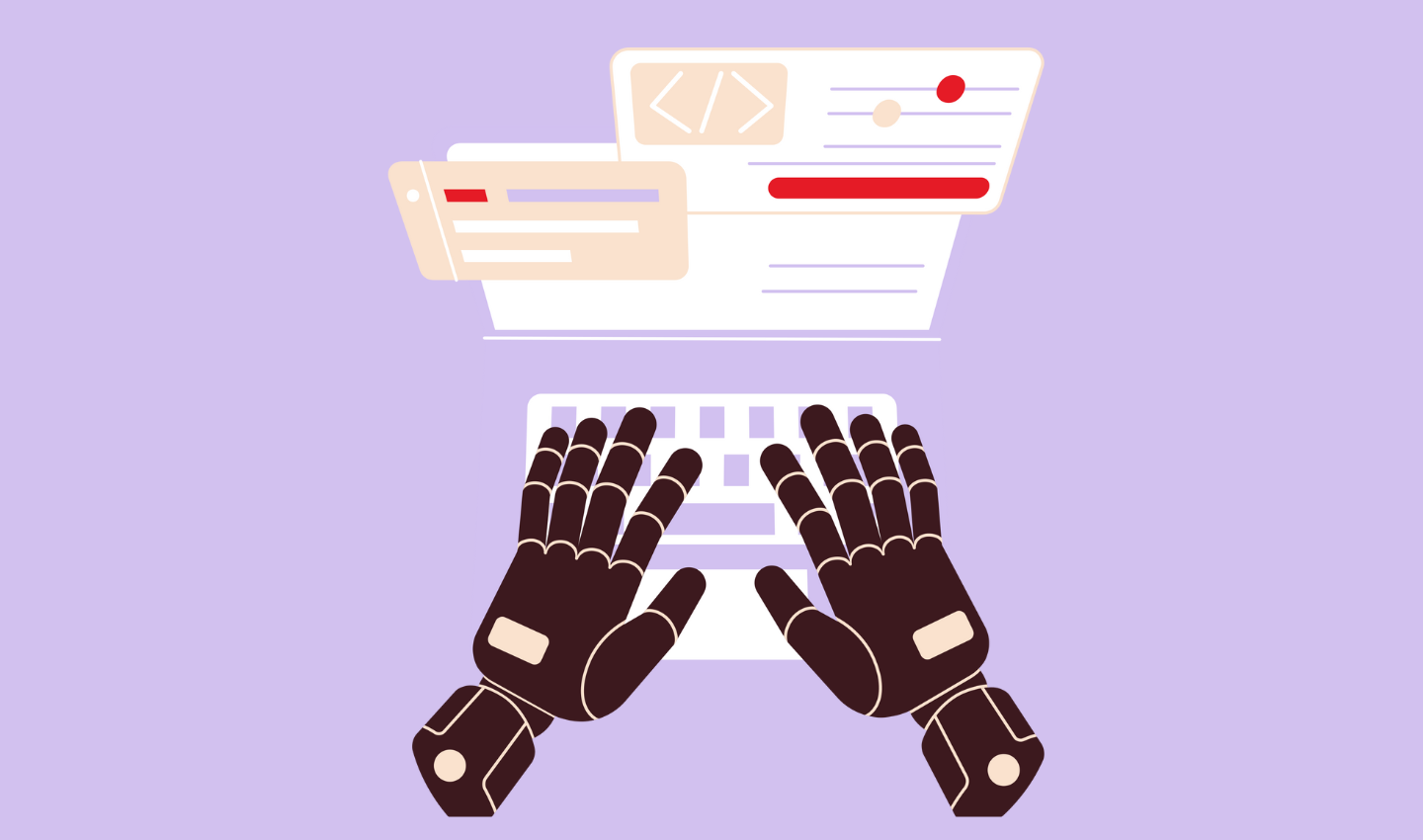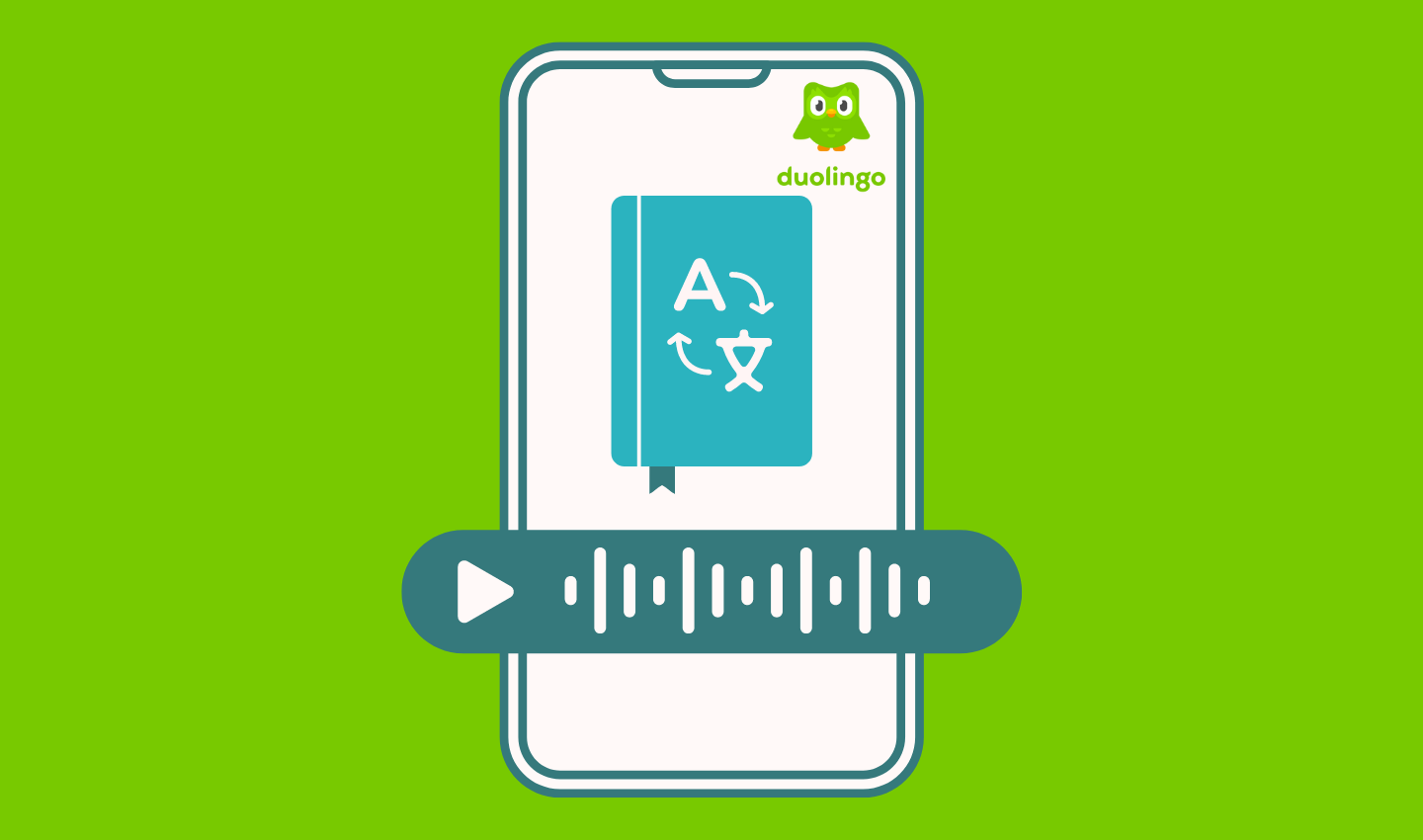
How Mascots Improve User Experience
Ever wondered why certain apps and websites feel more engaging and memorable? The secret might just be in their mascots. From Clippy, Microsoft’s old-school paperclip assistant, to modern-day mascots like Duolingo’s feisty owl, Duo, brands have long leveraged animated characters to enhance user experience (UX). These mascots do more than just entertain—they build emotional connections, increase engagement, and make digital interactions feel more human.
One of the most successful examples is Duolingo’s Duo, a mascot that has not only shaped the app’s identity but also played a crucial role in keeping users motivated. Let’s explore how mascots improve UX and why they are a valuable asset in digital design.
Table of Contents
I. The Role of Mascots in UX
Mascots play a crucial role in digital experiences by enhancing engagement, strengthening brand identity, and fostering emotional connections. This section explores how mascots contribute to UX through emotional bonding, brand recognition, and user motivation.
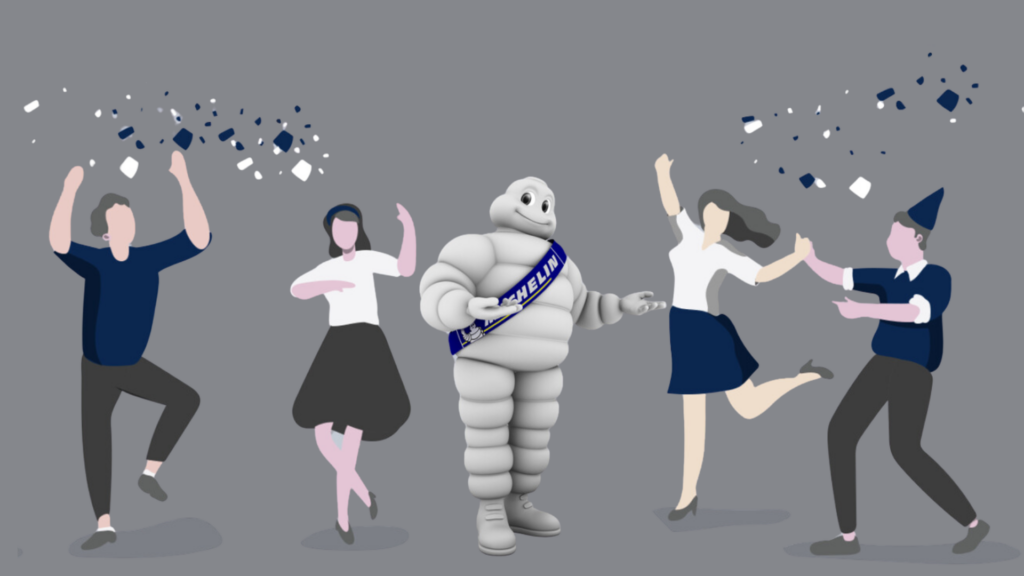
a. Emotional Connection
A well-designed mascot fosters a sense of companionship and trust between users and a platform. They add warmth to digital experiences, making users feel as though they are interacting with a friendly guide rather than a faceless interface. Studies show that emotional engagement can increase user retention rates by up to 23% (Source: Forrester Research, 2023). This emotional bond can be particularly impactful in applications that require consistent user engagement, such as e-learning or fitness apps.
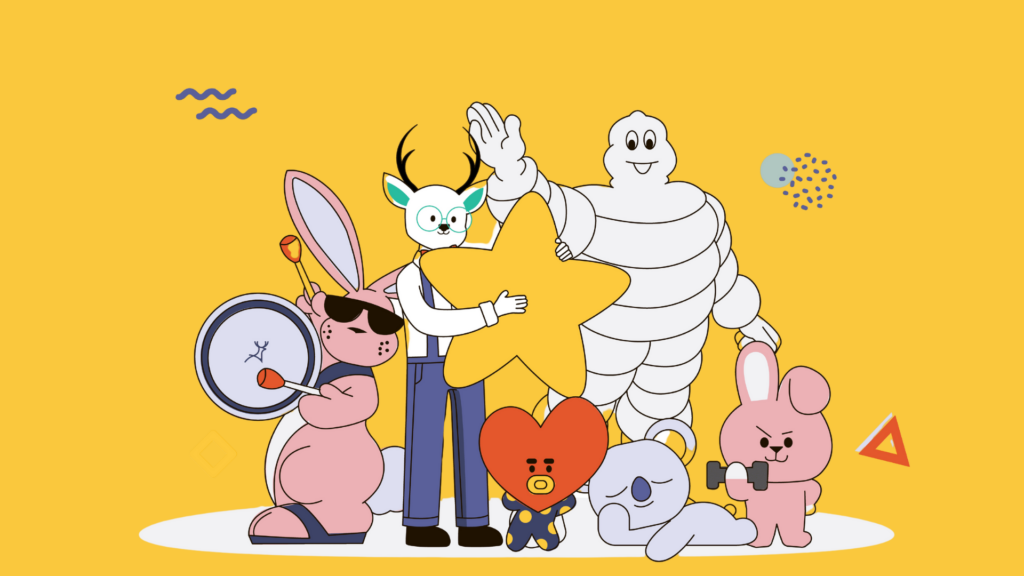
b. Brand Recognition
A distinctive mascot can significantly boost brand memorability. Just like logos and color schemes, mascots create a visual and emotional association with a brand. According to a 2022 Nielsen study, brands with mascots see a 37% higher recall rate compared to those without one. When consistently used across different platforms, they reinforce brand identity and ensure that users instantly recognize and connect with the product.
c. User Engagement
Mascots play a crucial role in motivating users to complete tasks. Whether through friendly reminders, encouraging messages, or playful animations, they help keep users engaged. Gamification elements, such as rewarding animations or celebratory messages from the mascot, further enhance the user experience. Research from Gartner (2023) indicates that apps utilizing gamification—including mascots—see an increase in engagement by 48% compared to non-gamified alternatives.
II. Case Study: Duo the Owl
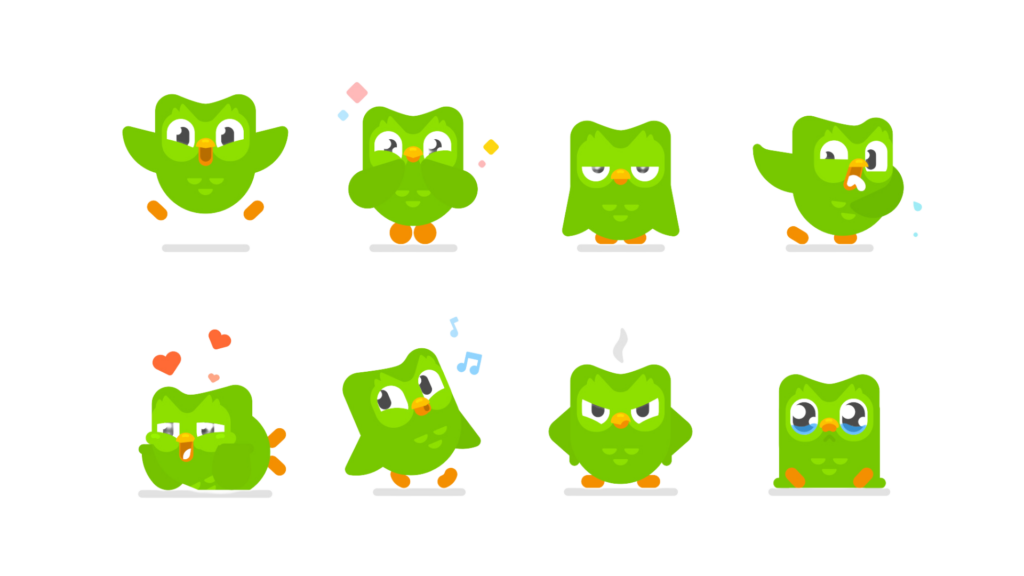
a. Design and Personality
Duolingo’s mascot, Duo, is a perfect example of how a well-crafted character can drive user engagement. With its bright green, rounded design and expressive eyes, Duo is both approachable and easy to recognize. Its personality is friendly yet persistent—encouraging users to maintain their language-learning streaks through playful nudges and notifications. The design is simple yet effective, ensuring that users form an immediate visual and emotional connection with the mascot.
b. Impact on User Behavior
Duo’s interactions go beyond mere aesthetics; they actively influence user behavior. Whether through positive reinforcement or humorous guilt-tripping (“You wouldn’t disappoint me, right?”), Duo effectively keeps users returning to the app. According to Duolingo’s 2023 engagement report, the app’s daily active users increased by 34% after refining Duo’s interaction strategy. Additionally, Duo’s gamified approach to learning—offering rewards, streaks, and celebratory animations—further incentivizes users to continue their language-learning journey.
III. Benefits of Incorporating Mascots in UX
Integrating mascots into UX design offers multiple advantages, from improving communication to strengthening user loyalty. This section explores the key benefits that mascots bring to digital experiences.
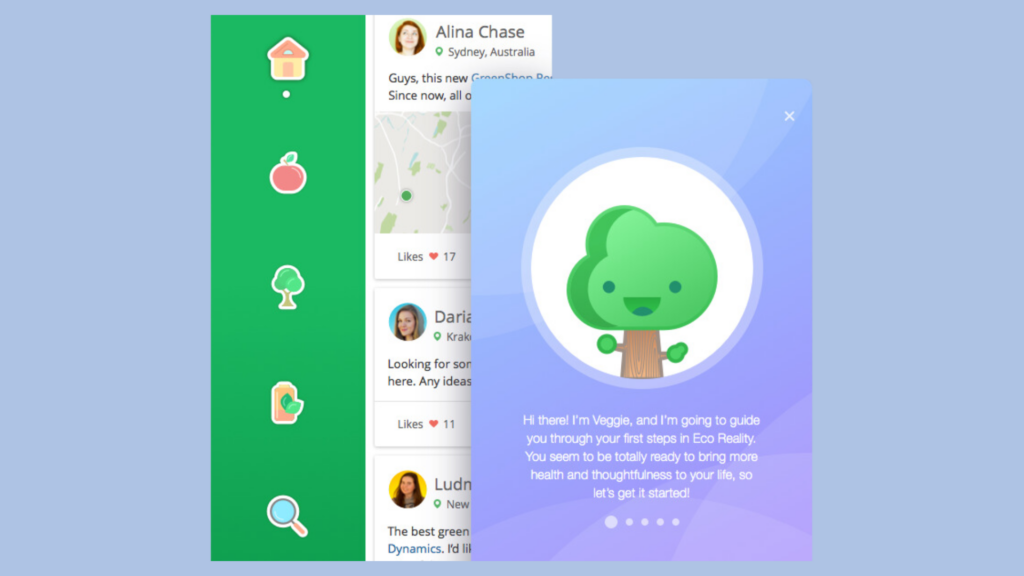
a. Enhanced Communication
Mascots can simplify complex concepts by conveying messages visually. Whether guiding users through onboarding or explaining new features, they make instructions more digestible and engaging. According to Adobe’s UX Research (2023), platforms that use mascots in onboarding experiences see a 25% reduction in user drop-off rates compared to those that don’t.
b. Increased User Loyalty
A well-crafted mascot fosters emotional attachment, turning users into loyal advocates. Over time, users begin to associate positive experiences with the mascot, strengthening their connection to the brand. In a 2023 Brandwatch study, companies that introduced mascots saw a 20% increase in customer loyalty scores compared to their competitors.
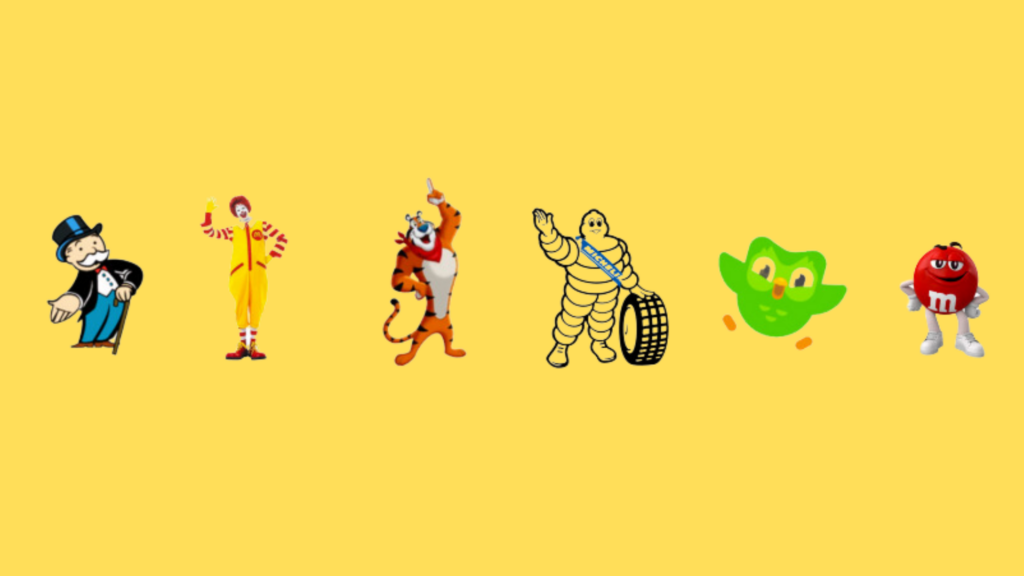
c. Viral Potential
When a mascot has a distinct personality, it has the potential to go viral. Memorable mascots can spark social media trends, inspire user-generated content, and expand a brand’s reach organically—just like Duo has with its infamous “threatening” reminders. A Sprout Social (2023) report found that mascot-driven content has 60% higher social media engagement rates compared to brand-only campaigns.
IV. Challenges and Considerations
While mascots can significantly enhance UX, they also come with challenges that need careful consideration. This section explores potential pitfalls and how to navigate them effectively.
a. Cultural Sensitivity
Not all mascots resonate universally. It’s important to ensure that the character’s design, expressions, and messaging align with different cultural contexts to avoid misinterpretations or offense. A 2022 UX Diversity Report found that 40% of users feel disconnected from mascots that don’t reflect their cultural background. Thorough research, localization, and inclusive design practices are essential in ensuring that mascots are embraced by a diverse user base.
b. Overuse and Annoyance
While mascots enhance UX, excessive interactions can irritate users. Striking the right balance between engagement and subtlety is key to preventing mascot fatigue. Microsoft’s Clippy, for instance, was retired partly due to user complaints about its persistent interruptions. Providing different engagement levels—such as opting for more passive interactions or limiting notifications—can help maintain a positive user experience.
c. Consistency
A mascot’s personality and appearance should remain consistent across platforms. Any drastic changes can confuse users and weaken brand identity. Regular updates should refine rather than completely alter the mascot’s look or behavior. Brands should also maintain a consistent tone of voice and interaction style to reinforce user familiarity and trust.
Mascots have the power to transform digital experiences by making them more engaging, human-like, and enjoyable. They enhance brand recognition, encourage user retention, and even contribute to viral marketing success. However, thoughtful integration is essential—when used wisely, mascots can forge deep emotional connections and elevate user experience in remarkable ways.
So, whether you’re designing an app, a website, or an interactive platform, consider adding a mascot to the mix. If done right, your users might just find a new digital friend they can’t live without.
Take your company to the next level and get results with our world class user experience, interface design and implementation.
Get a FREE 30 min Strategy Session

Related posts
Emojis in Product Design: How They Have Evolved and How to Use Them
A paragraph to a loved one, an Instagram post, a Twitter comment, a marketing email or a work message… these […]
Elevating User Experiences: How AI-Infused Design Systems Revolutionize UX
In the ever-evolving landscape of design, where user experience reigns supreme, a remarkable transformation is taking place at the intersection […]
The End of Duolingo? How ChatGPT-4 is Taking Over Language Learning!
In an era where artificial intelligence (AI) is rapidly transforming industries, the landscape of employment is witnessing unprecedented shifts. One […]
Creative product design that gets results
Take your company to the next level with world class user experience and interface design.
get a free strategy session

